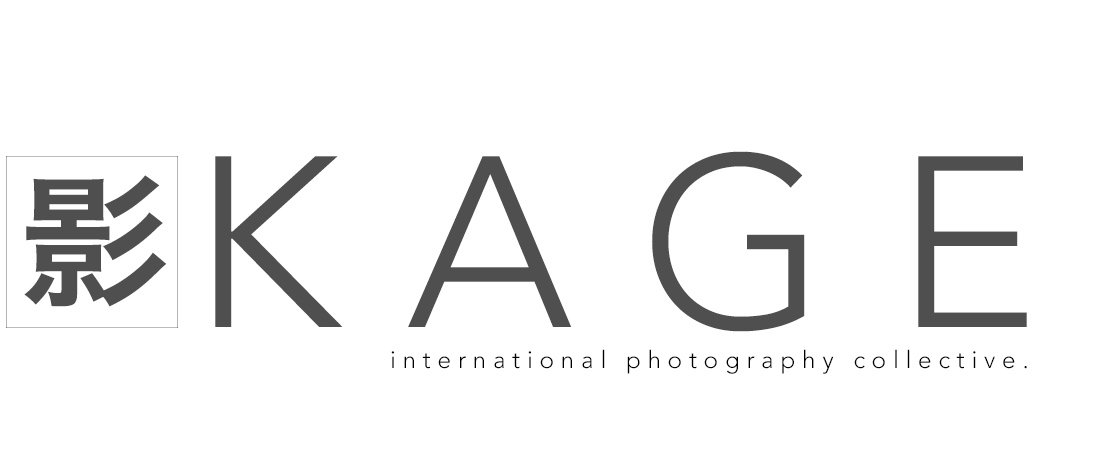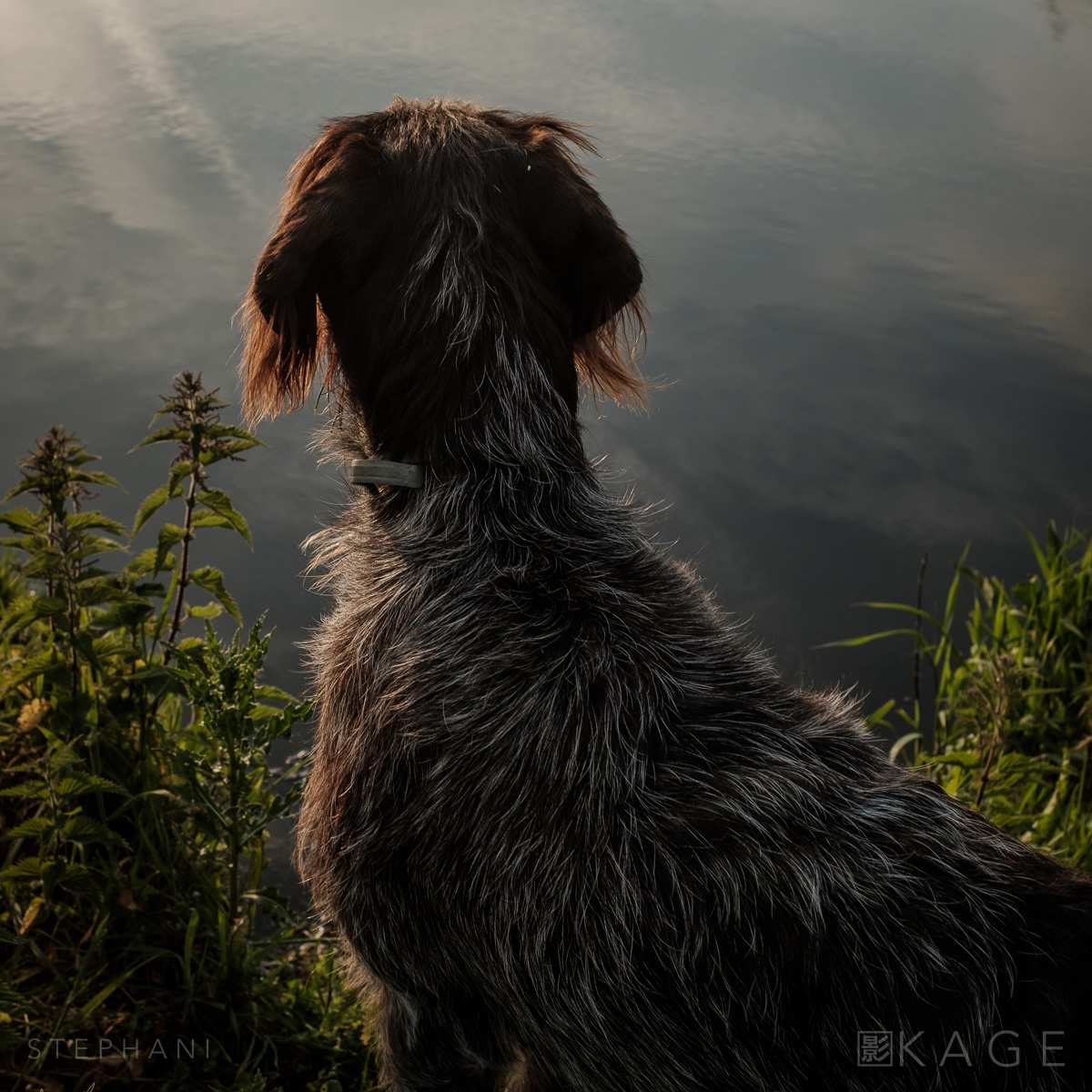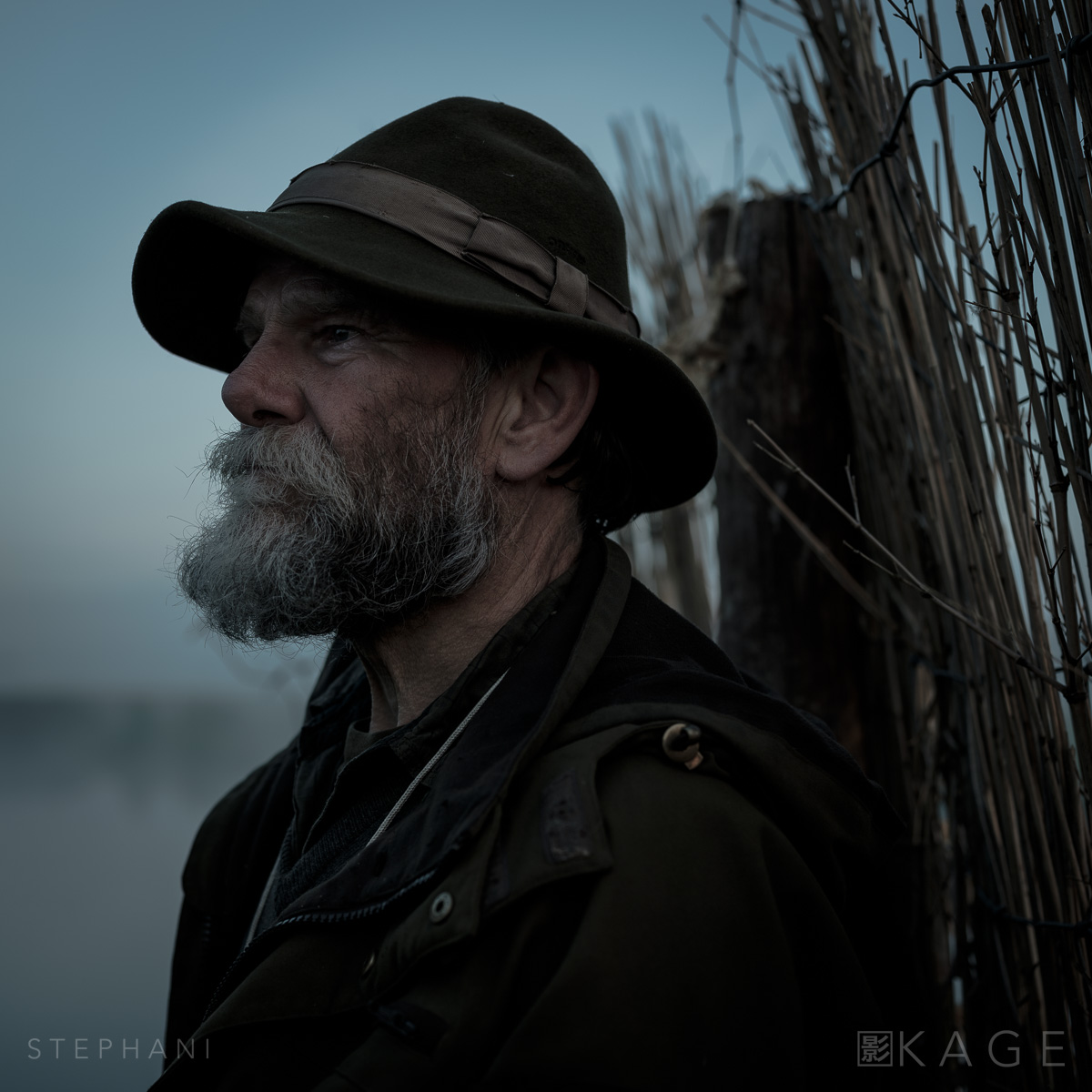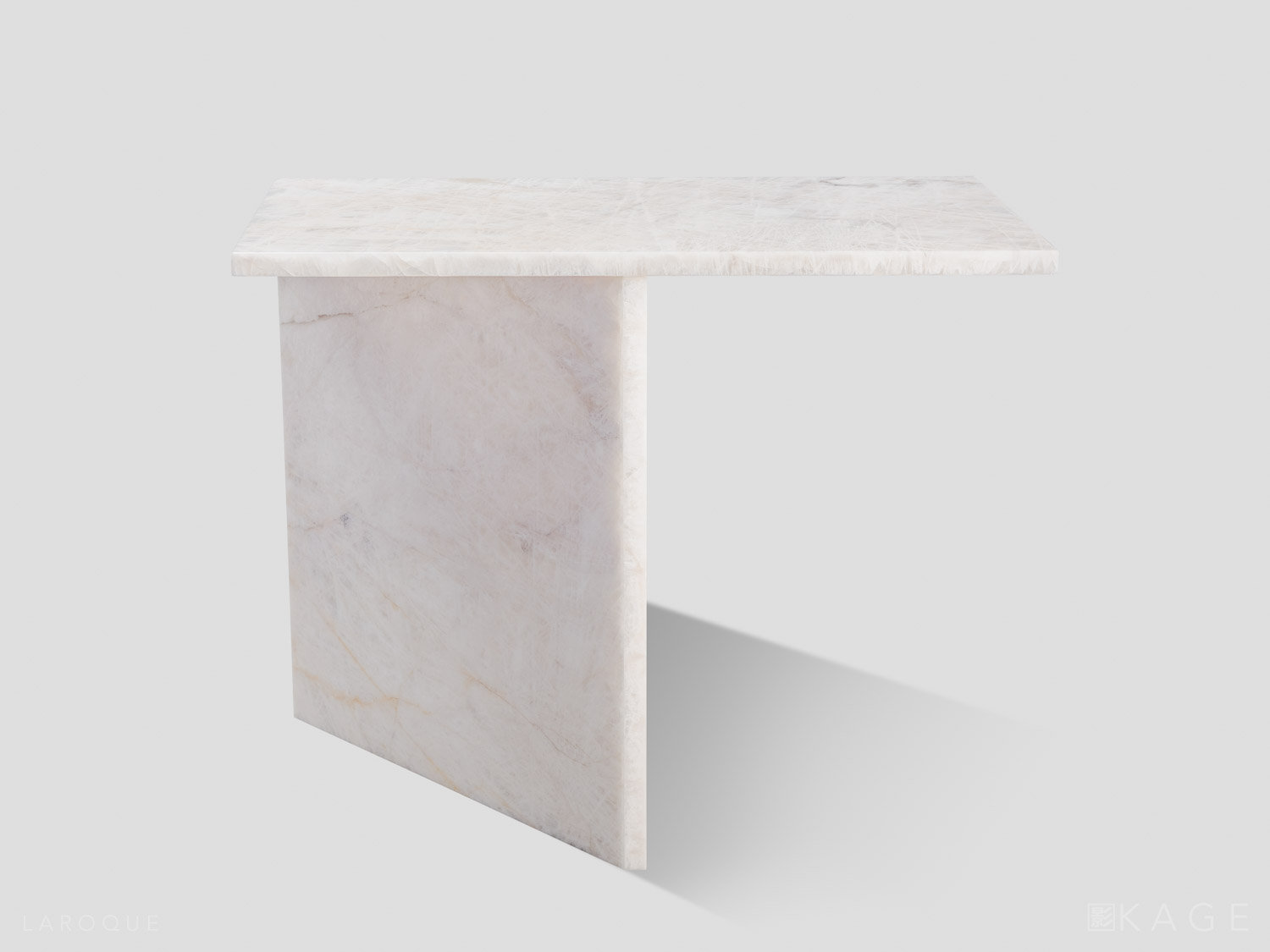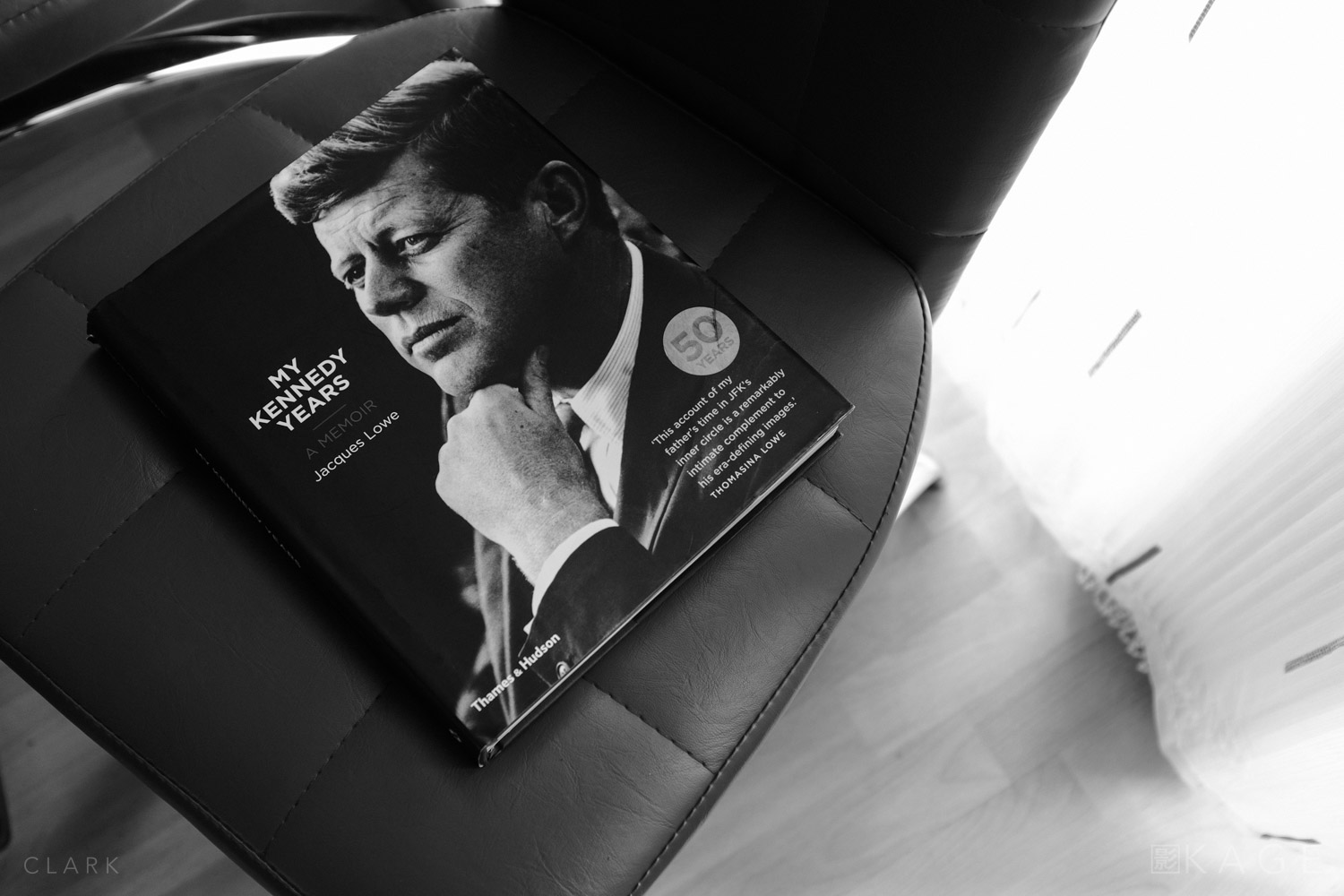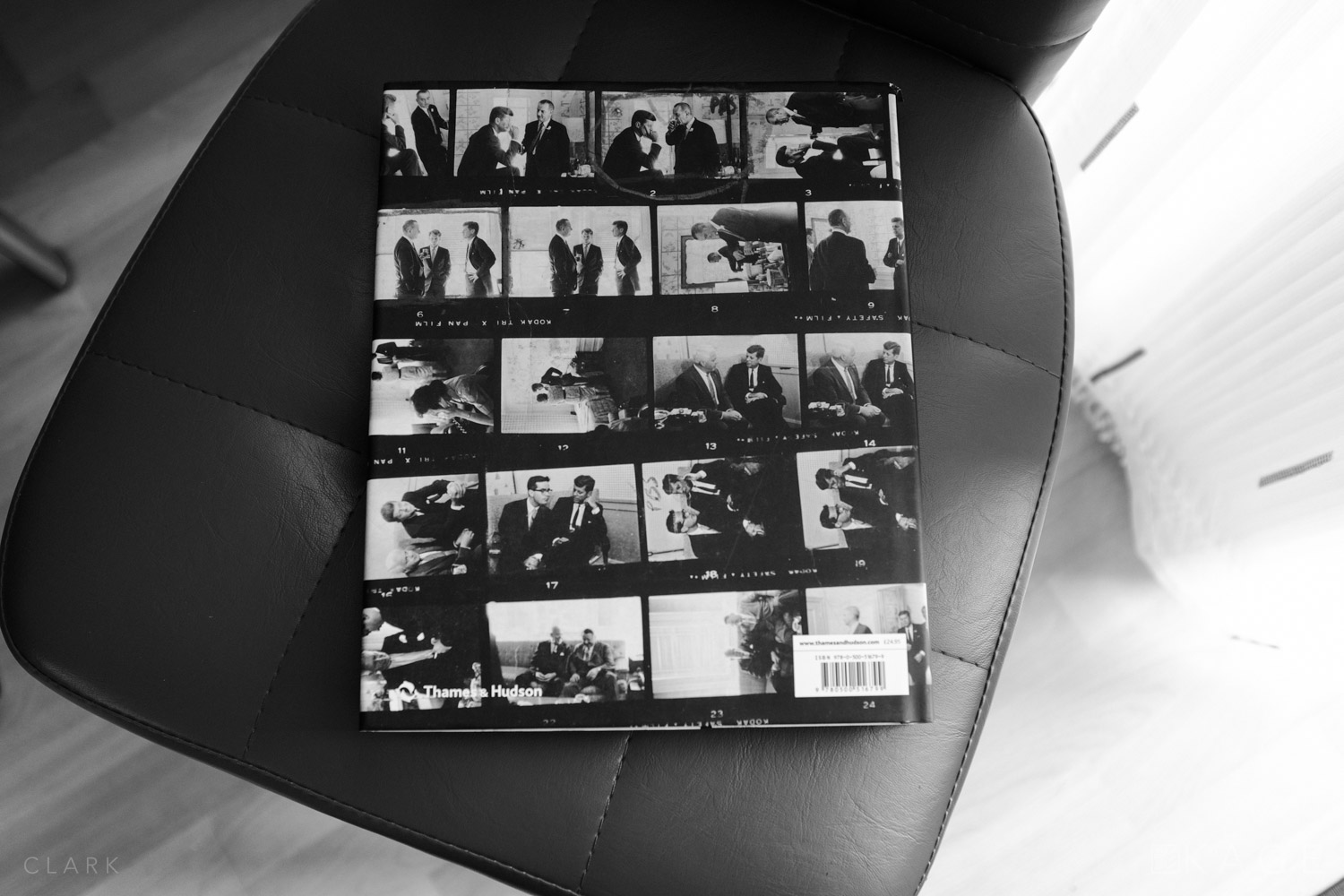It's been two months since I purchased my GFX kit: a GFX 50S, the GF 63mm f2.8 and two batteries. The bare essentials. In this time I've been puzzled, astonished, dazzled and left wanting. I've equally questioned my skills and felt I could do no wrong—sometimes within minutes. Needless to say: it's been a ride.
My two partners here are likely answering this same question in their own way: why, after extolling the virtues of a smaller, quieter system for the past 5 years, did I invest in this camera? The answer is one I still struggle with, because it has complicated my life to a certain extent. Now, before every single shoot, I find myself evaluating a GFX vs X-series equation: which one fits the job? Which is the best tool? Do I need that GFX resolution/look or is it overkill? Do I bring one or both? The truth is no one has ever criticized my X-series images in terms of resolution or IQ. I've never had a client raise an eyebrow at my tools of choice either—quite the opposite, actually. So why? Short answer: because when the stars align with this kit...I get chills.
The first image I shot with my own GFX 50S was a quick grab of my daughter Anaïs in our home studio: one cheap speedlight in a softbox, nothing fancy. And when I loaded the file I just couldn't stop staring at the screen: the results had a quality I'd never achieved before. I don't mean technical quality or resolution or sharpness...I'm talking about character. A perfectly subjective and undefinable set of various elements, coming together in one frame. Keywords started bouncing around in my head—fluid, organic, filmic...A quiet transcendence.
And that, right there, is the reason.
